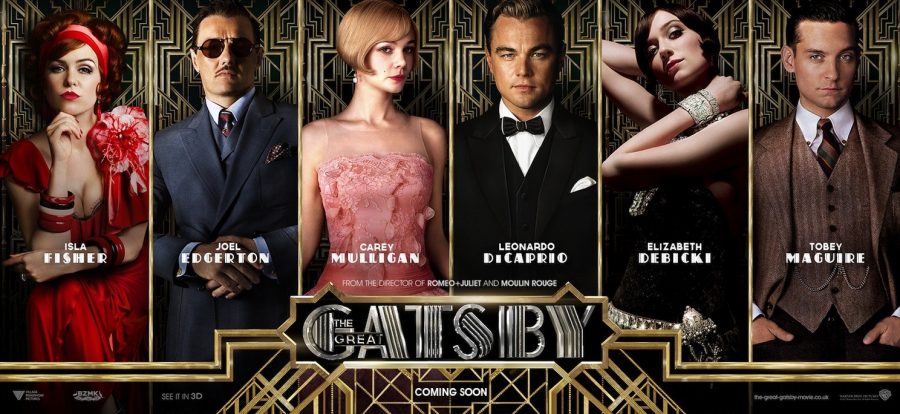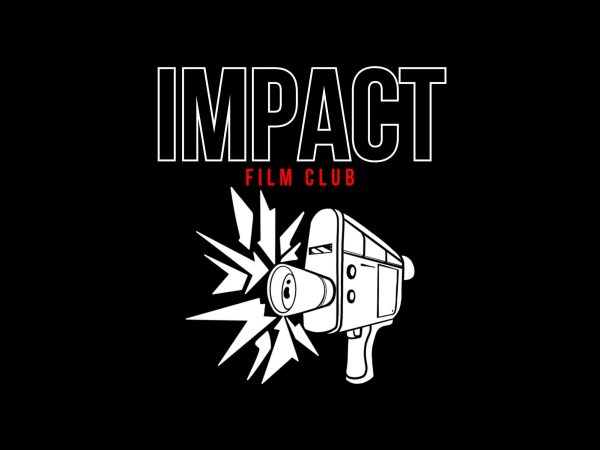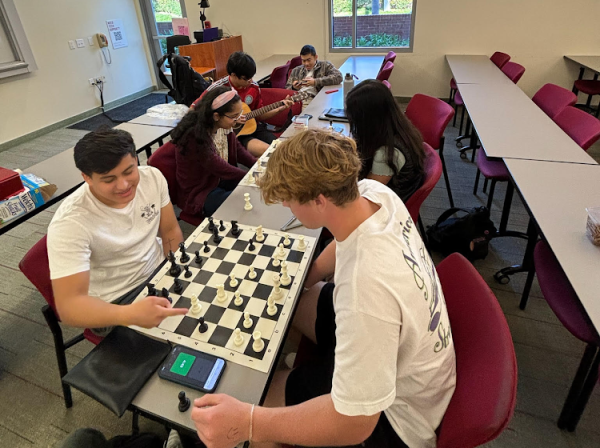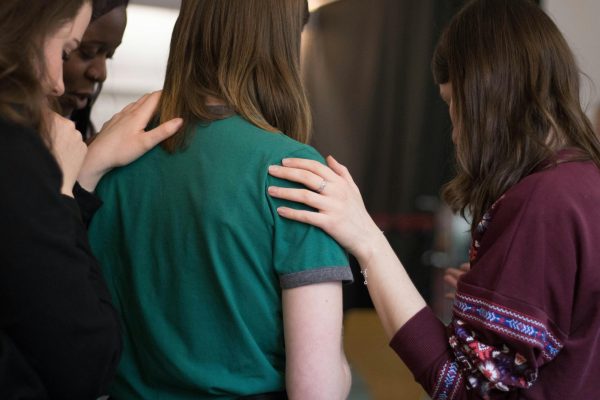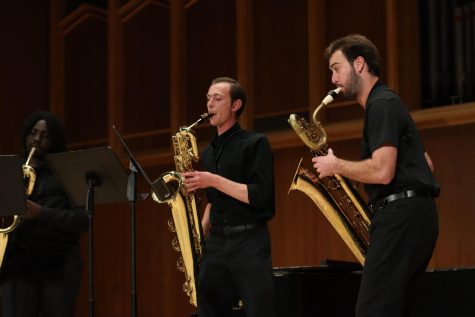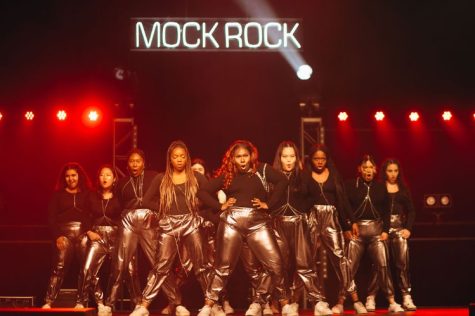“The Great Gatsby” delivers dramatic visual circus
Movie adaptation of Fitzgerald’s novel “The Great Gatsby” dramatically retells life in the roaring ’20s.
May 14, 2013

I’ve always been fascinated with the obsession over F. Scott Fitzgerald’s novel, “The Great Gatsby.” Most of us were forced to read it back in high school, and most of those simply skimmed it or SparkNoted it. I remember the story being incessantly bland. However, this little Long Island-based drama about love, loss, corruption and wealth is apparently timeless, as a fourth cinematic interpretation has now hit theaters in 2013. Directed by the ambitious and eccentric Aussie Baz Luhrmann, this is by far the most polished and theatrical Gatsby movie yet. But does that mean it’s good?
LIFE IN 1920S NEW YORK
Fitzgerald wrote Gatsby in the midst of the roaring ‘20s, which is also the period in which the story is based. New York was an existential playground at the time — the stock market boomed and the liquor ran like mountain streams into the mouths of every class, from prince to pauper. The plot centers around Nick Carraway (Tobey Maguire) and his first-person retelling of a particular summer he spent in the fictitious neighborhood of West Egg. His next-door neighbor is Jay Gatsby (Leonardo DiCaprio), a young and wealthy recluse who throws elaborate parties but never attends them. When Nick finally makes the mysterious millionaire’s acquaintance, he becomes inadvertently involved in an intricate and bizarre plan five years in the making.
Lurhmann is famous for his films “Moulin Rouge!” and “Australia,” both of which are big, colorful and intentionally epic. He seems a fitting visionary behind the wheel when it comes to fleshing out “Gatsby” for a modern audience. The movie is indeed modern, with a score that is wrought with Jay-Z, Kanye West, Florence + The Machine and Lana Del Ray. It’s masterful how we are made to see the 1920s through our contemporary scope and by default notice how many similarities there are. We are just as reckless today as the roaring partiers of that age of americana, which makes the film curiously accessible for a deep period piece.
"GORGEOUS SPECTACLE TO BEHOLD"
It was a common worry that this “Gatsby” would be all flash and no substance. The movie is indeed a gorgeous spectacle to behold. Every frame is purposefully flamboyant and aggressive, which results in a delightful sense that you’re eavesdropping on some sort of riotous dream. As for the story, that’s something you’d have to take up with the late Fitzgerald. “Gatsby” the written work is made “Great” by Fitzgerald’s masterful storytelling capability, not by the story itself. It’s a blatant critique of human nature at a time in history when possibility was a currency and freedom had never been so fiercely pursued. Lurhmann’s adaptation is extremely true to the text. “Gatsby” is essentially an elaborate soap opera, as we watch the wealthy dabble in their little escapades, flirting and fighting and loving and laughing all the way.
Nick is a compelling character of focus because he is not one of the aristocratic brats, just a spectator observing them as a man observes a pride of angsty lions. Maguire plays him with an innocent solace and enough nuance that Nick could essentially be any one of us watching the shenanigans of Gatsby, Tom (Joel Edgerton) and Daisy (Carey Mulligan) from the other side of the glass. DiCaprio delivers Gatsby in an inventive way, with more vulnerability than Robert Redford’s intimidating performance back in the 1974 adaption. I’ve never seen DiCaprio so animated as in this role, and he rises above the unlikable dimensions of the character to make us really love him. Mulligan is gold as the golden girl Daisy Buchanan, and Joel Edgerton is delightfully villainous as her elitist husband, Tom.
VISUALS AMPLIFY THE STORY
This “Gatsby” will be an acquired taste for audiences. Some will love it’s sweeping colors, rapid editing techniques and flashy charisma that, I argue, does not quell the story but rather amplifies it. It suits the content, however overwhelming it may be. Still, others will absolutely hate this grand retelling of what is considered a quaint little American novella and a national treasure, hardly a visual circus. I am, as ever, caught somewhere in-between. I’m suspicious that this very zany, upper-class drama really isn’t that good, but the visuals make it good. I would love to see a more subtle and character-based adaptation in the distant future, as I am sure Fitzgerald’s timeless anecdote has many more adaptations in store.


